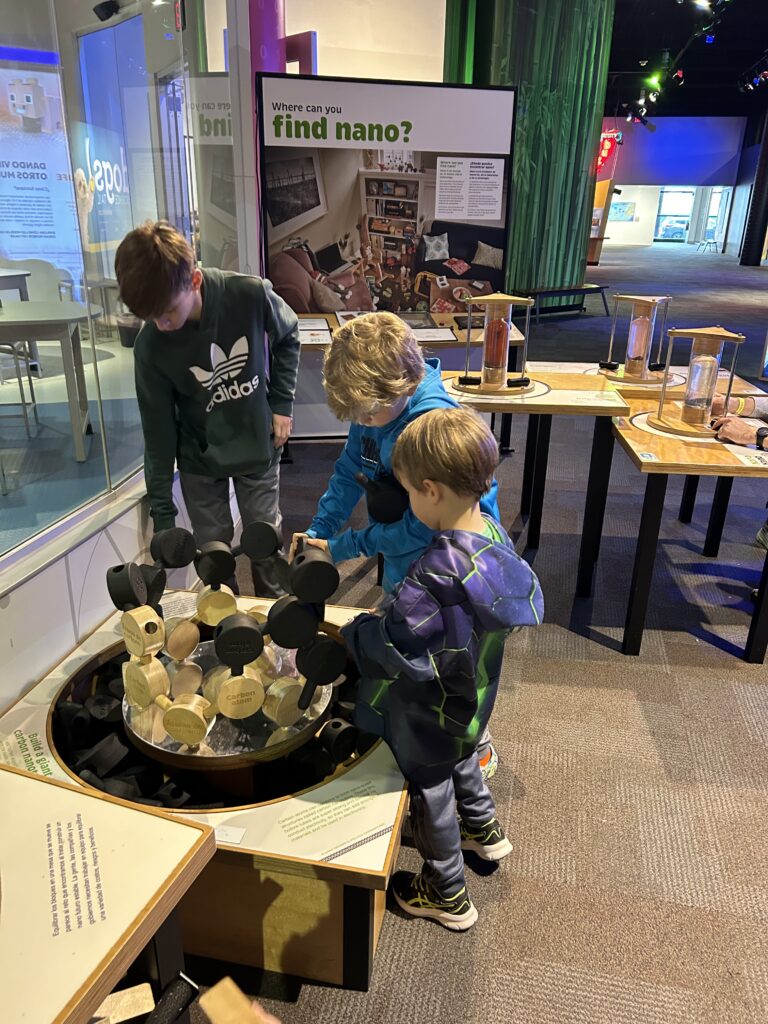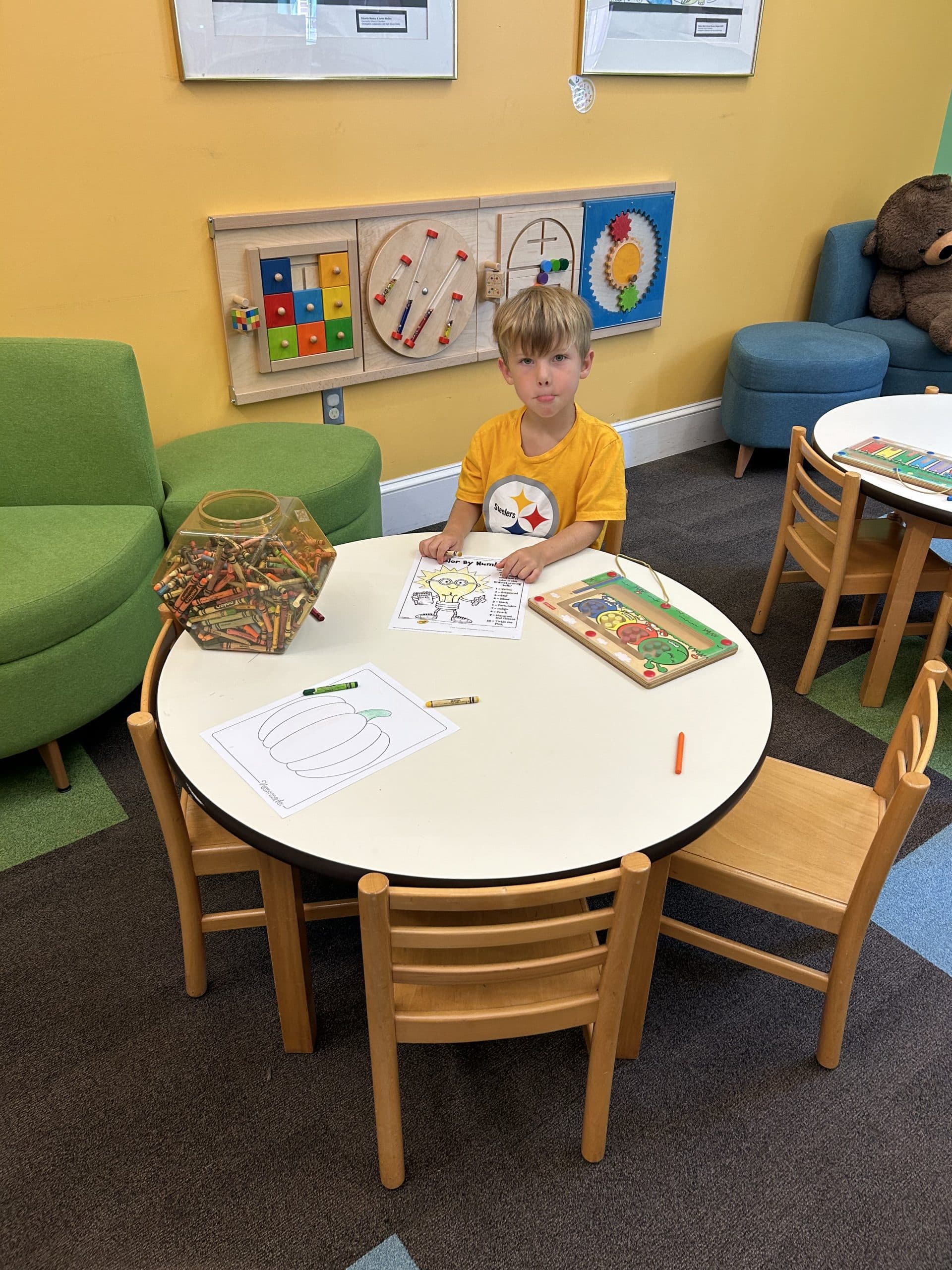Multisensory instruction involves a student’s use of one or more of the student’s senses. It is believed that students learn more effectively when they engage multiple senses during instruction. Multisensory instruction is an effective teaching method. It enhances memory by creating strong neural pathways that engage the student.
Multisensory and Memory
Many students rely on their sense of sight to view a picture as they read informational text. They also rely on hearing when listening to a teacher’s instructions. Multisensory usage engages multiple areas of the brain. It is most useful for struggling readers and writers because it supports individual learning styles.
Multisensory instruction isn’t limited to reading and listening, and not every teacher’s instruction methods should involve all the senses. However, most lessons should involve at least two of the senses (taste, smell, touch, sight, hearing, movement).
Why Multisensory
Most importantly, using the senses for maximum learning is brain-friendly.
- Information is stored in the long-term memory of the brain.
- Learning is interactive. Students show interest and are motivated.
- The use of various senses caters to students with different learning styles. Therefore, more students are involved in lessons and activities.
- Learning through various senses is a natural process.
- Through various senses, there is improvement in comprehension and knowledge.
Sensory stimulation increases knowledge and improves memory. It helps students to make connections between facts and ideas. They can synthesize and retain information. The integration of the senses helps students with various learning abilities acquire new knowledge.
Early Learning Using Multisensory Methods
Multisensory learning in early childhood develops cognitive development. Hands-on activities build problem-solving skills, creativity, and encourage exploration. Through hands-on activities, young students improve their motor skills, eye-hand coordination, and gross motor skills.
The use of multiple senses benefits the development of language and literacy. It builds communication skills with vocabulary development. It also helps students with their thoughts and descriptions.
Many hands-on activities aid in developing social and emotional growth. As students participate in multisensory activities with their peers, they learn how to interact with others. They learn cooperation and teamwork. Thus, they build positive relationships with others while learning to manage their emotions.
Multisensory learning, at times, can be messy, but it engages the student. It helps students connect with the content. Students enhance their learning through sight, listening, and movement. By combining it with direct or structured instruction, it increases learning. Through multisensory instruction, more is better.



